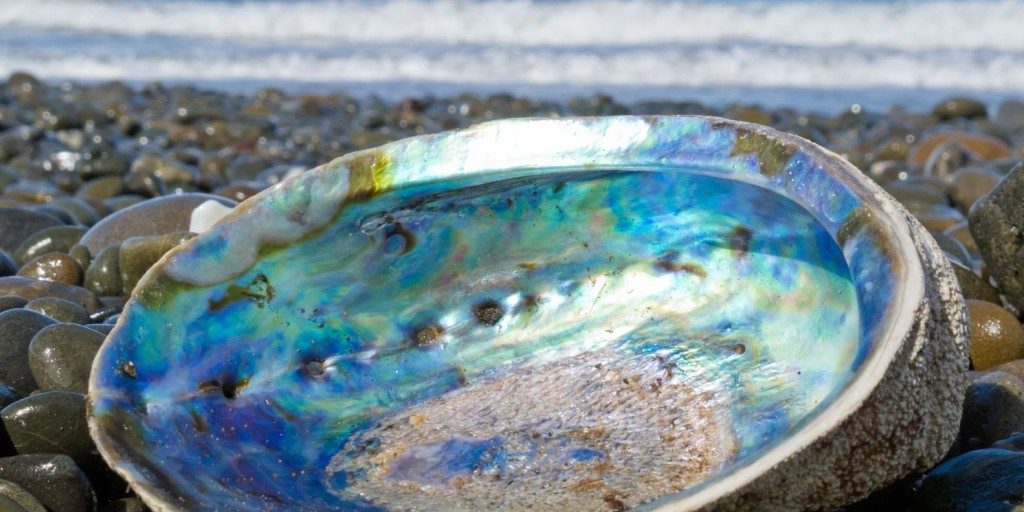The New Zealand pāua has the most beautiful shell in the world.
Called abalone in North America, the pāua is unique because of the brilliance of its multi-coloured shell. They cling to the rocks in shallow waters around the New Zealand coastline. They are known not only for their beauty but also for their delicious flavour.
As a New Zealander, I can tell you pāua fritters are right up there with pies, marmite, and hokey pokey ice cream in terms of a taste of home. And every expat Kiwi has at least one pāua shell sitting on their dresser or coffee table simply so they can admire the iridescent waves of rainbow colours of the polished shell.
So when I read the pāua is threatened by climate change, I get quite emotional. Of course, they are not the only delicate marine life at risk because of the carbon dioxide that is going into the atmosphere. But I’ll stick with the New Zealand story for now.
Dr. Kim Currie, from Otago University, has been making the same trip from the Otago coastline for 21 years to test and measure pH levels of surface waters. The pH levels have decreased (acidity increased) as carbon dioxide emissions have increased.
While the threat is not immediate the trends are worrying. Scientists believe that by the turn of the century we will be killing off the seafood and shellfish we love to eat as well as organisms like deep-water coral.
Dr. Chris Cornwall, a biological sciences professor from Victoria University of Wellington explains here how the changing ocean chemistry and temperature are affecting coralline algae. Coralline algae cement reefs together and act as a foundation species and breeding ground for many other marine species.
He says the algae’s decline could have “profound consequences” for pāua and kina, including losing them entirely. He also says, “In coral reefs, the loss of this cementing algae will further reduce reef growth already impacted by reoccurring mass coral bleaching events.”






